EDUCATIONAL RESOURCES
Breast Self-Assessment: Step-by-Step Guide

Overview
There are different ways to check for breast cancer:
Breast Self-Examination (BSE):
This method is widely recommended, but it’s most useful if done regularly and correctly. BSE should not replace mammograms or check-ups by a doctor, but it’s helpful to know your body. Whether BSE can improve the early identification of a tumour by itself is still being studied.
Clinical Breast Examination (CBE):
This is done by a healthcare provider. Whether any changes in a breast that might be of concern are found will depend on various factors including their skill and the tools available. Combining this with mammograms helps lower breast cancer deaths.
Mammograms:
These are X-rays of the breast and have been shown to reduce deaths from breast cancer. But how helpful they depend on things like the quality of the machine and the skill of the technician and radiologist. Other imaging tools include ultrasounds, CT scans, and MRIs.
Why Breast Self-Examination Is Important
Regular self-assessment helps you notice changes early. The goal is to become familiar with how your breasts normally feel so you can spot anything unusual and get medical advice when needed. Self-exams do not replace the regular tests your doctor recommends for your age and situation, such as mammograms.
Breasts come in all shapes, sizes, and densities, but it’s important to know what is normal for you. This will help you recognize changes that may need further medical attention.
When To Do It

For women of childbearing age:
Do it once a month, ideally a few days after your period when your breasts are less tender.

For women after menopause:
Choose a specific day each month to do the exam.
Step-by-Step Breast Self-Examination
Step 1: Visual Check

Start by standing in front of a mirror with your upper body uncovered.

Check for symmetry:
Look at both breasts. It’s normal for one to be slightly larger, but if you notice a new change in size, shape, or contour, it might be a concern.
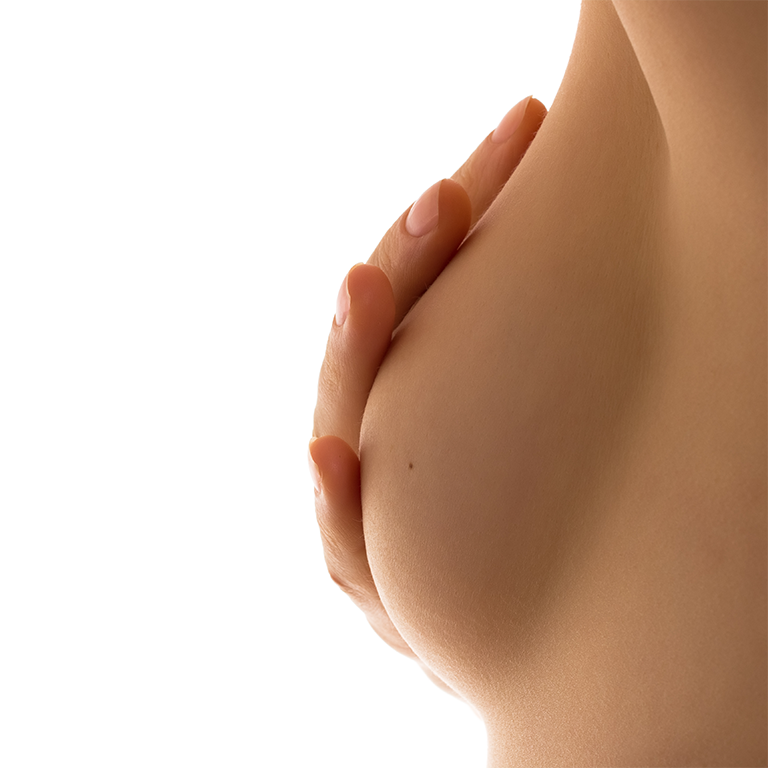
Check the skin:
It’s normal for one to be slightly larger, but if you notice a new change in size, shape, or contour, it might be a concern.
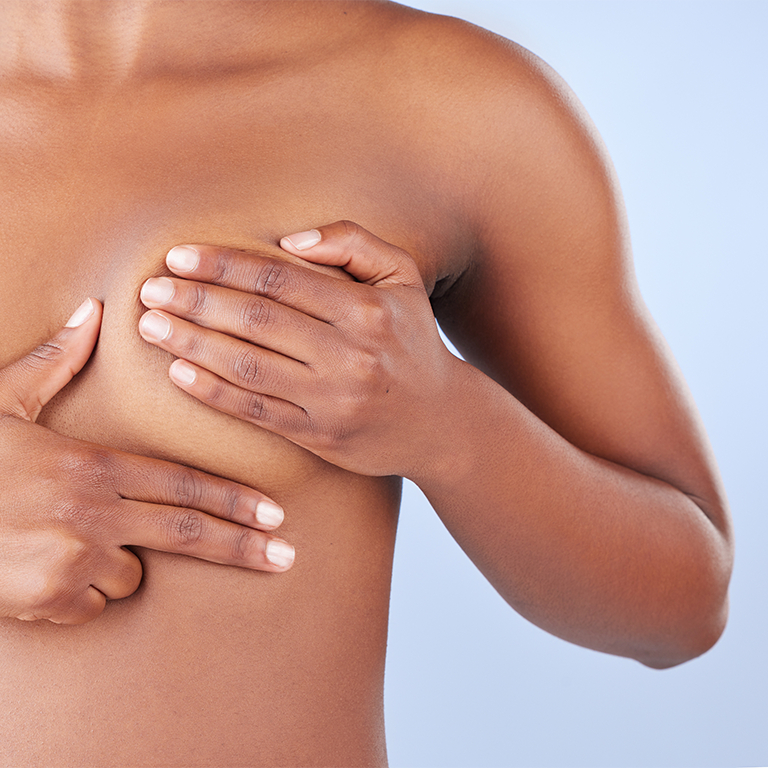
Check the nipples:
Look for new inversion (turning inward), unusual discharge, or any scaling. Some women have naturally inverted nipples, but new changes are worth checking.

Repeat the above steps with your hands on your hips, and then with your arms raised above your head.
Step 2: Manual Check
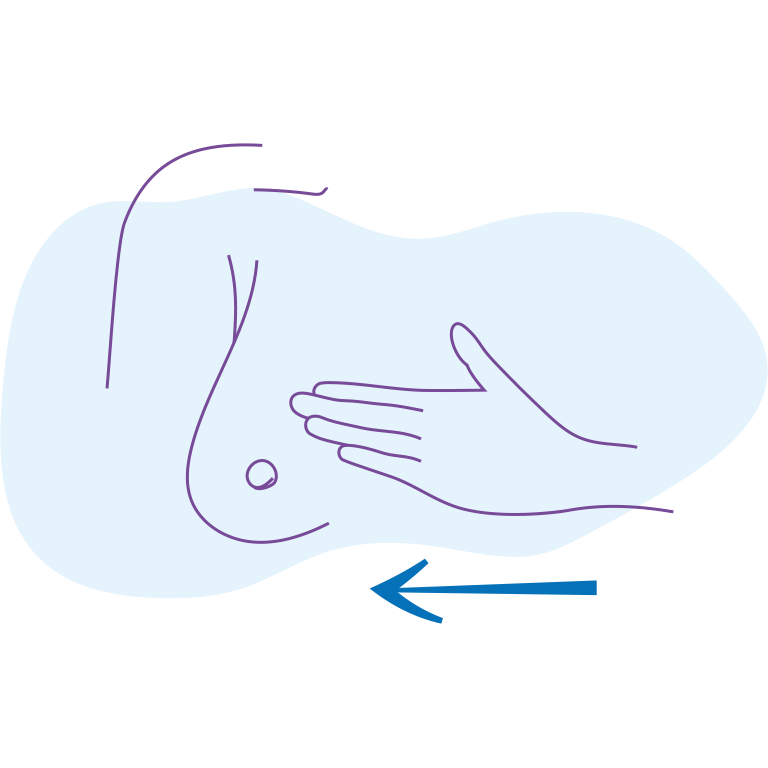
You can do this lying down or standing. Use your left hand to check your right breast and vice versa.
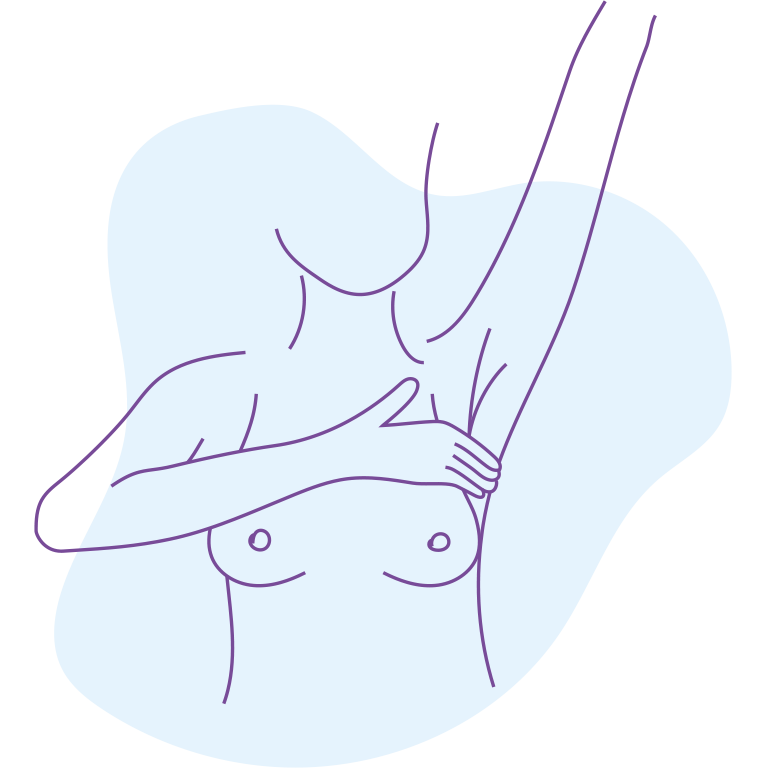
Cover the whole area: Feel all over your breast, armpit, and upper chest area (from the collarbone to below the breast, and from the armpit to the breastbone).
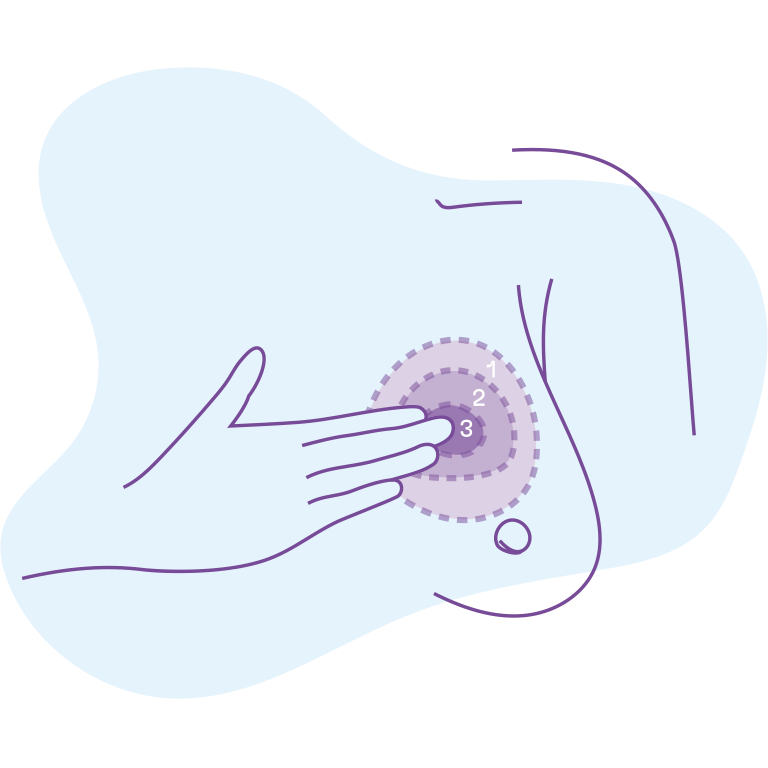
Check each area three times: Once with light pressure, once with medium pressure, and once with firm pressure.
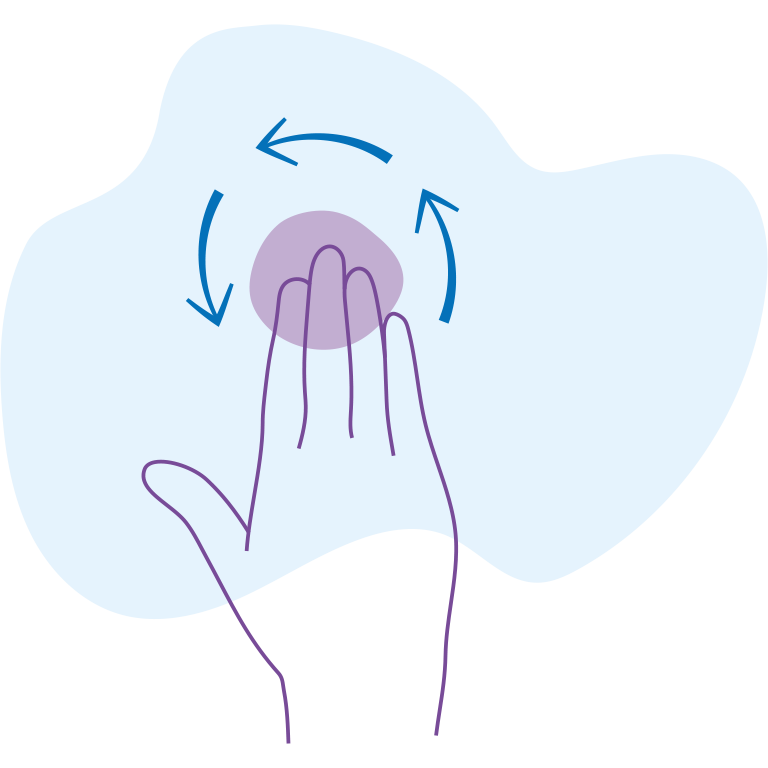
Be gentle: Use two or three fingers in circular motions to feel for lumps or thickened tissue. Avoid pressing too hard between your fingers, as this could make you think there’s a lump when there isn’t.
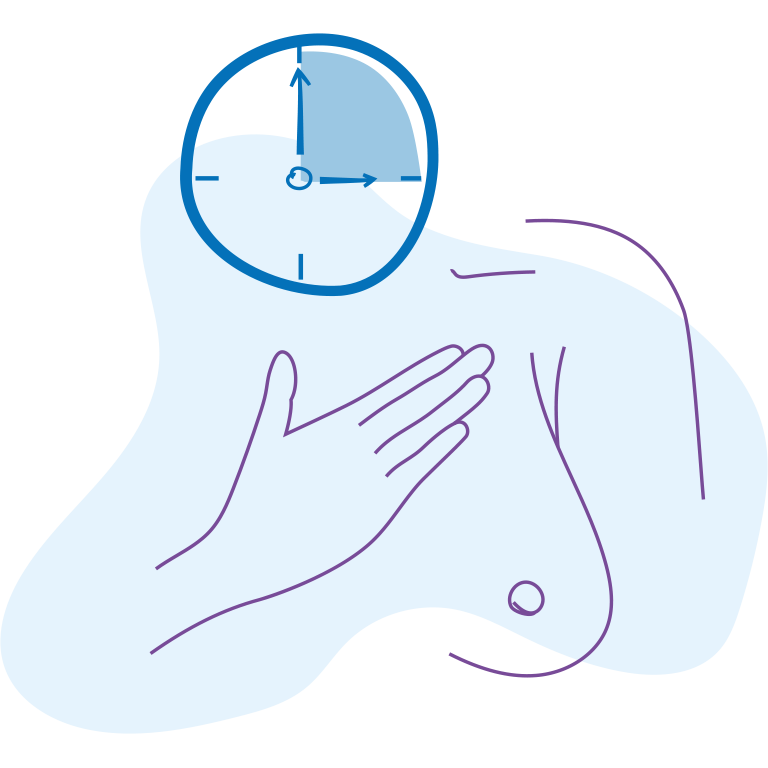
Take your time: A full exam can take several minutes.
What to look for:
- Lumps, knots, or thickened areas.
- Pain or tenderness that doesn’t go away.
- Changes in the skin, like redness or a scaly texture.
- Nipple discharge.

When to See a Doctor
If you find a lump or hard knot that doesn’t go away after your next period, or notice any new changes in your breast or armpit, talk to your doctor. Most lumps are harmless, but it’s always best to get them checked.

Extra Tips for Breast Health
Keep up with regular doctor’s exams and mammograms.
Share your family history of breast cancer with your doctor.
Wear a properly fitted bra for support and comfort.
Breast Exams for Trans and Nonbinary People
Transgender men and nonbinary people assigned female at birth: You may feel uncomfortable doing these exams, but it’s important to check for any changes. Even after chest surgery, some breast tissue remains, which means there’s still a risk of breast cancer.
Transgender women and nonbinary people assigned male at birth: Feminizing hormone therapy can cause breast tenderness and growth, which might lead to more frequent self-exams. Remember, these symptoms are usually normal, but talk to your doctor if you’re worried.
By following these steps, you can become more aware of changes in your breasts and take action if needed. Always reach out to your doctor if you have concerns or questions.
For more detailed guidance, check out this video from Breast Cancer UK: www.breastcanceruk.org.uk/check-your-breasts



